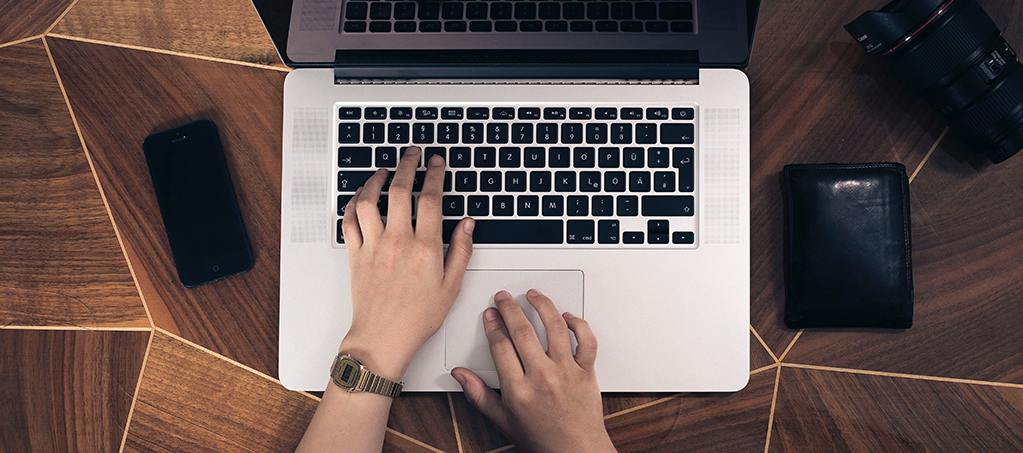Routines simplify; clarify; and create order, symmetry, and familiarity in chaos and high stress. Routines are the foundation of success. Be dull in your everyday routine so you can be wildly creative where it counts.
During high stress, routines are like ports in a storm. Top performers in every area of every industry have lives full of ritual. Routines allow you to concentrate on what’s really important. Once you set them, they save you time and energy because you won’t have to plan or think about them.
Routines include setting time with family, for eating, for sleeping, and for exercising. It means setting a clear routine or time for all necessary activities. The way to get routines to work for you is to make sure you are setting them at times that work best for you and your biological clock. Your morning routines should be so good that when you walk out of your house, you feel ready to tackle any problems the world throws at you.
Remember:
- No activity is more important to ritualize than sleep.
- By fixing mealtimes and planning in advance you’ll become vastly more efficient.
- Since exercise has such a powerful effect on brain energy and alertness, place your workout at times of day you most need them.
Start of Day Routine
Here is what we suggest for a morning routine when you arrive at the office.
- Take off your coat, deposit your belongings, and grab a cup of your favorite hot beverage in your favorite mug.
- Take ten minutes to get your head in the game and catch up on chatter. (Then you won’t be wondering how Betty’s party went last night, or if Myron made up with his girlfriend.)
- Sit at your desk. Clear the surface and the priority tray.
- Review your incubator, tasks, and calendar for the day.
- Process your voice mail and e-mail.
- Prioritize your tasks.
- Place materials for the first task in your priority tray.
- Get started! You should try to focus on one thing at a time.
Tip: If someone rushes in with something that must be done right away, you can place your current project in the priority box, switch to the emergency task, and then go back to your project right away.
Returning from a Meeting, Lunch, or Other Interruption
When you are called away from your desk, you can use the above ritual to get your head back in the game and start working on the right thing. Simply start at Step 3.
End of Day Routine
The end of day routine looks similar.
1. Process your voice mail and e-mail.
2. Review your calendar tasks, incubator items, and priority tray items.
-
- What did you accomplish?
- What didn’t get done? Why?
3. Set up your to-do list, calendar, and incubator for tomorrow.
4. Clear the surface of your desk and your priority tray.
5. Leave work.
6. Take the time on the drive home to decompress.
-
- If you remember something that you forgot to log, make a note, leave yourself a voice-mail, or send yourself an e-mail.
- If you’re having a hard time letting go of a problem or task, picture it inside a balloon. Now, imagine the balloon floating away and outside of your stream of consciousness.
7. Go home and enjoy your evening!
Dealing with E-mail
In general, you should work through your inbox at the beginning and end of your day, and at regular intervals. Try to find natural work breaks to deal with e-mail. Let’s say that you’re working on a complex proposal. You might take an e-mail break after you’ve completed each section. This gives your mind a refresher and it prevents interrupting your train of thought.
You may want to set your e-mail program to only check your e-mail once every hour. Some time management experts even suggest dealing with e-mail only once or twice a day.


